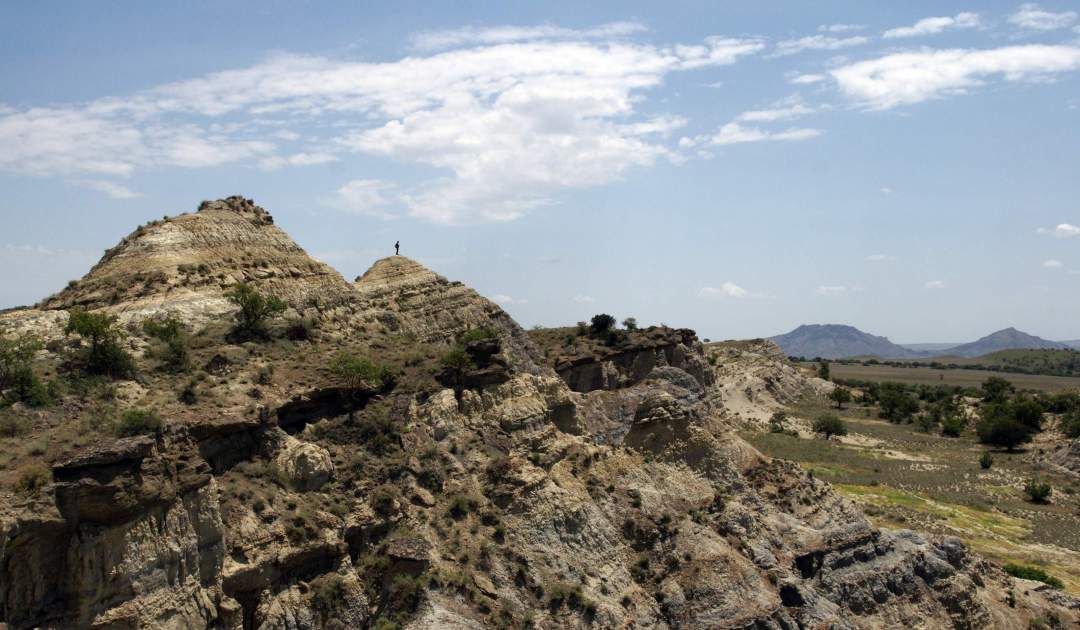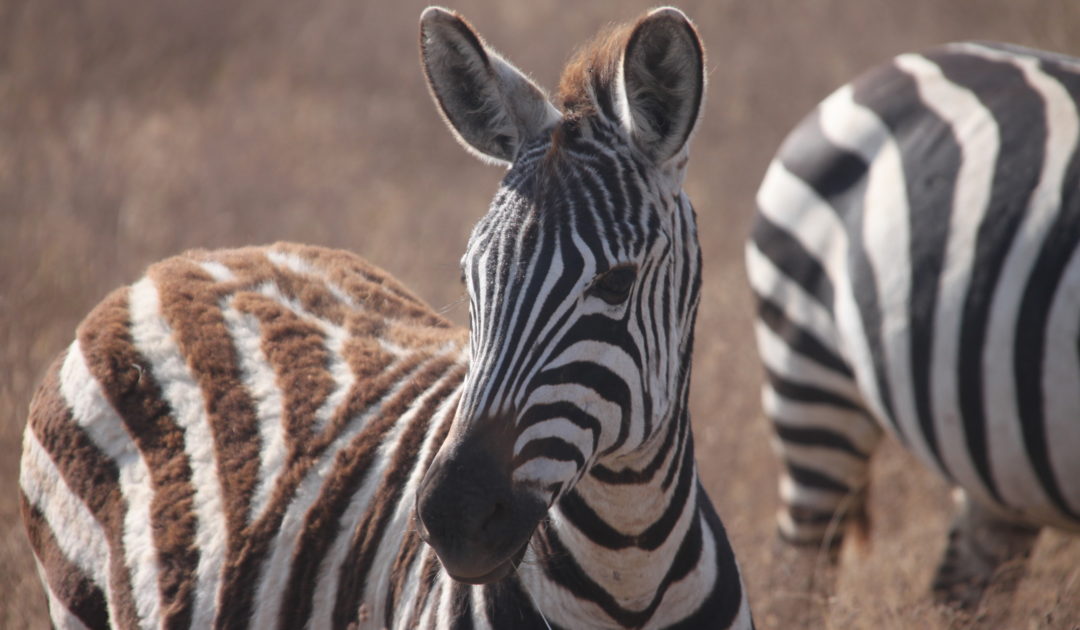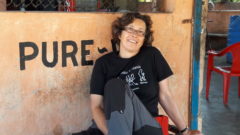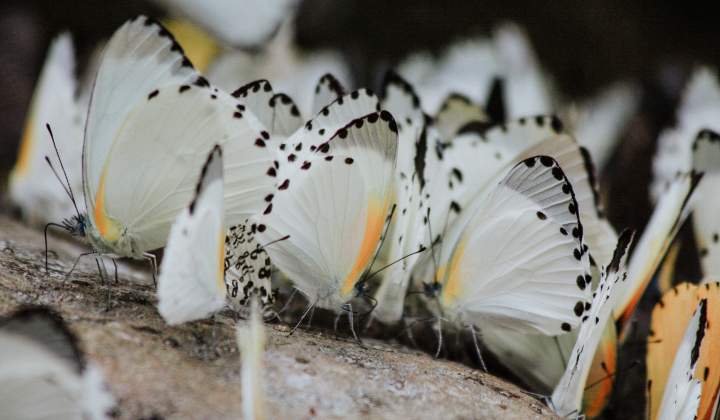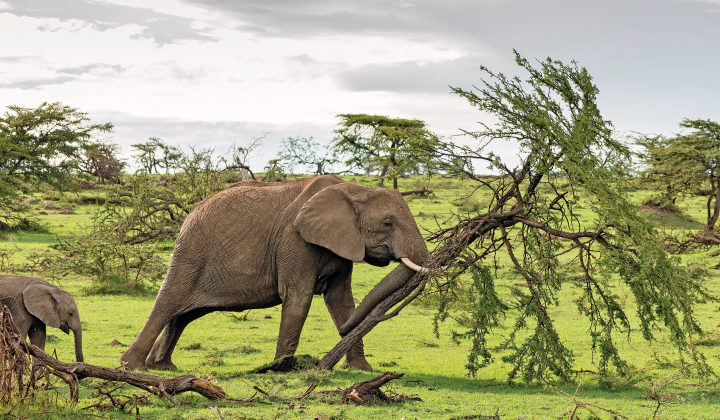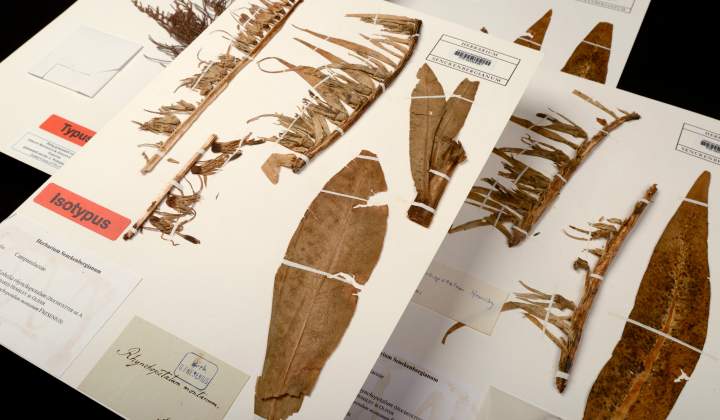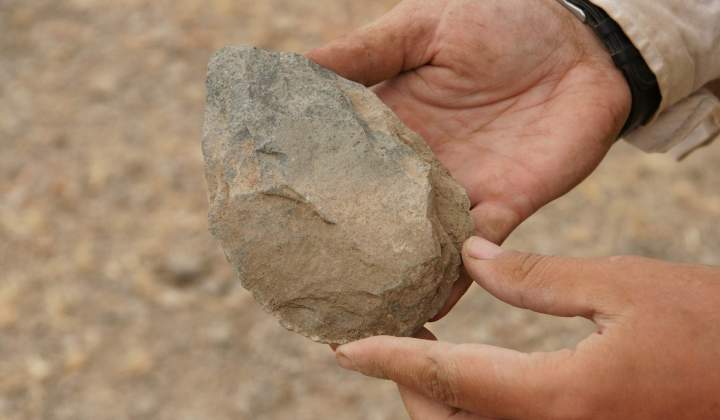Was bewegte unsere Ahnen?
ROCEEH und die Ausbreitungsmuster früher Hominiden
Wegbereiter: Ökologische Faktoren hatten einen erheblichen Einfluss auf die Ausbreitungsmuster früher Hominiden. An der Forschungsstelle ROCEEH (The Role of Culture in Early Expansions of Humans) entwickelt Christine Hertler quantitative Methoden zur Analyse und Rekonstruktion der Ökologie von Hominiden und ihrer Lebensräume.
Auf Zeitreise ins südliche Afrika
Hierfür untersucht die Forscherin Struktur, Dynamik und Diversität fossiler Großsäuger-Gemeinschaften. Dabei geht sie von der Hypothese aus, dass sich verschiedene Hominiden-Arten auch in ihrem Potenzial unterschieden, bestimmte Lebensräume zu besiedeln; sie nutzten jeweils spezifische Ressourcen. Auch wenn das Artenspektrum in den von Hominiden besiedelten Lebensräumen in den vergangenen drei Millionen Jahren nicht unverändert geblieben ist, sind fossile Biome ökologisch durchaus mit heute noch existierenden vergleichbar.
Das anfängliche Augenmerk galt dem südlichen Afrika. Heute werden in Südafrika fünf Biome unterschieden. Biome stellen Vegetationseinheiten dar. Deren Abgrenzung auf der Grundlage von Großsäuger-Gemeinschaften ist weniger trennscharf, lässt sich aber dennoch quantitativ analysieren. Die Kapregion ist dabei besonders interessant. Aus diesem Gebiet beziehen wir heute wesentliche Einsichten in die Lebensweise früher anatomisch moderner Menschen, Homo sapiens. Die Zusammensetzung der Faunen wird bestimmt durch Ausbreitungen entlang der südafrikanischen Ost- und Westküste. Die Tiergemeinschaften spiegeln in ihrer Zusammensetzung und Diversität die Klimaschwankungen der letzten drei Millionen Jahre wider. Da fossile Floren ausgesprochen rar sind, stellen Faunenbelege ein wichtiges Mittel zur Rekonstruktion dar.
Welche Einflüsse leiteten den Menschen?
Das Projekt ROCEEH wird von der Heidelberger Akademie der Wissenschaften über einen Zeit
raum von 20 Jahren gefördert. Der Fokus liegt auf der Untersuchung der räumlichen und zeitlichen Ausbreitung des Menschen von vor drei Millionen bis 20.000 Jahren vor heute in Afrika und Eurasien. Eine grundlegende These hierbei ist, dass der Einfluss der Umwelt mit der Zeit abnahm, während kulturelle und technologische Faktoren an Bedeutung gewannen.
